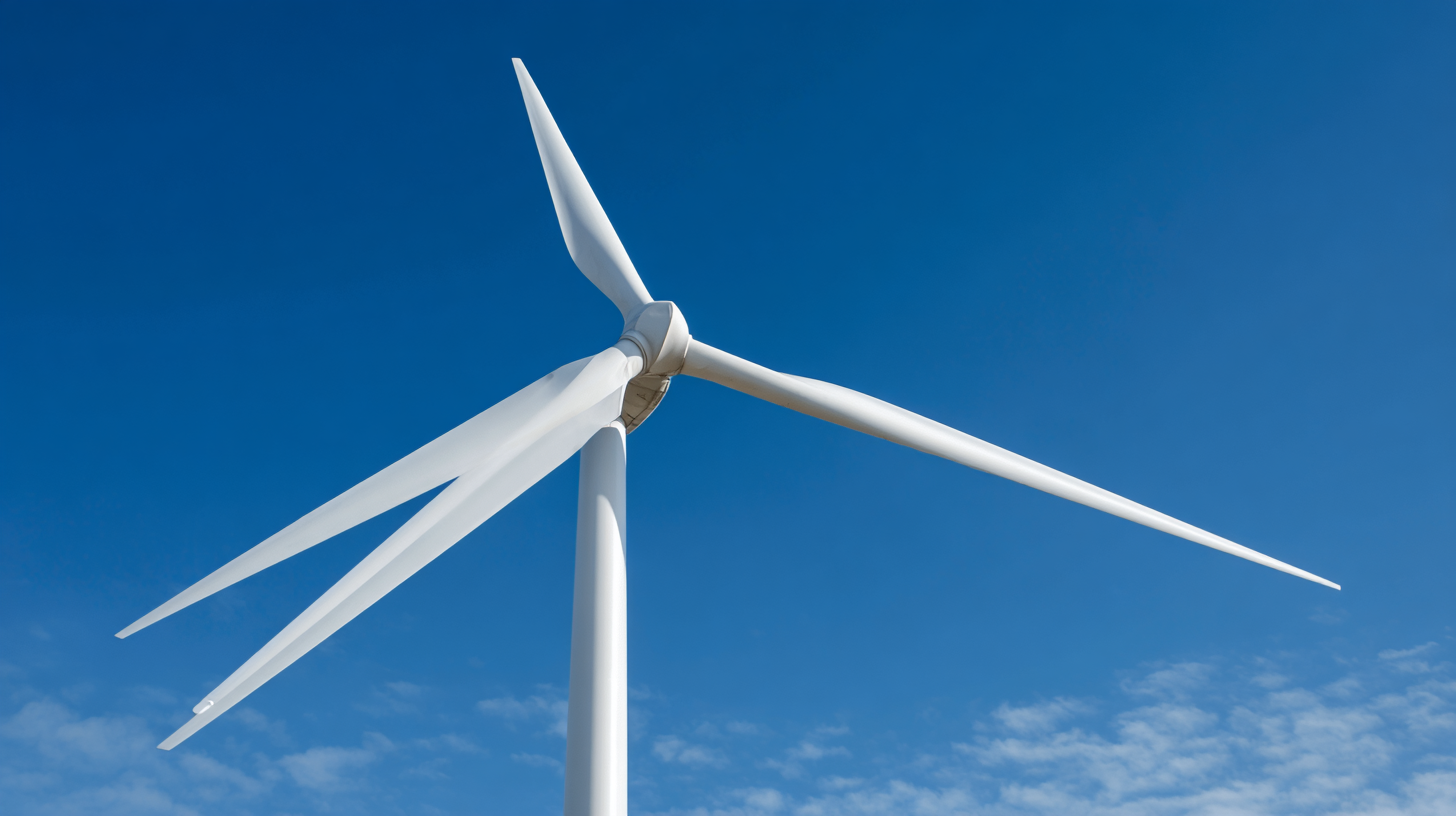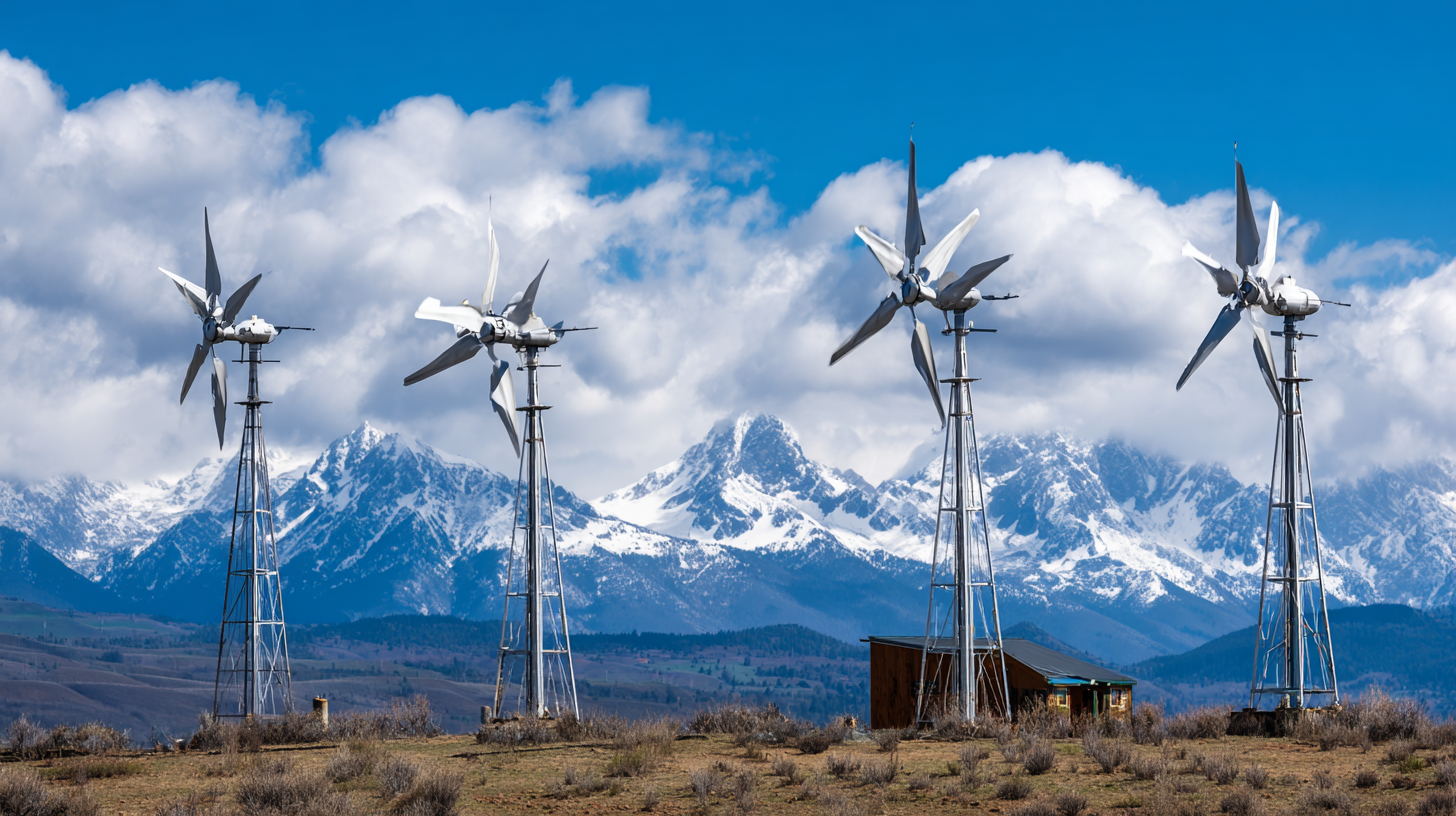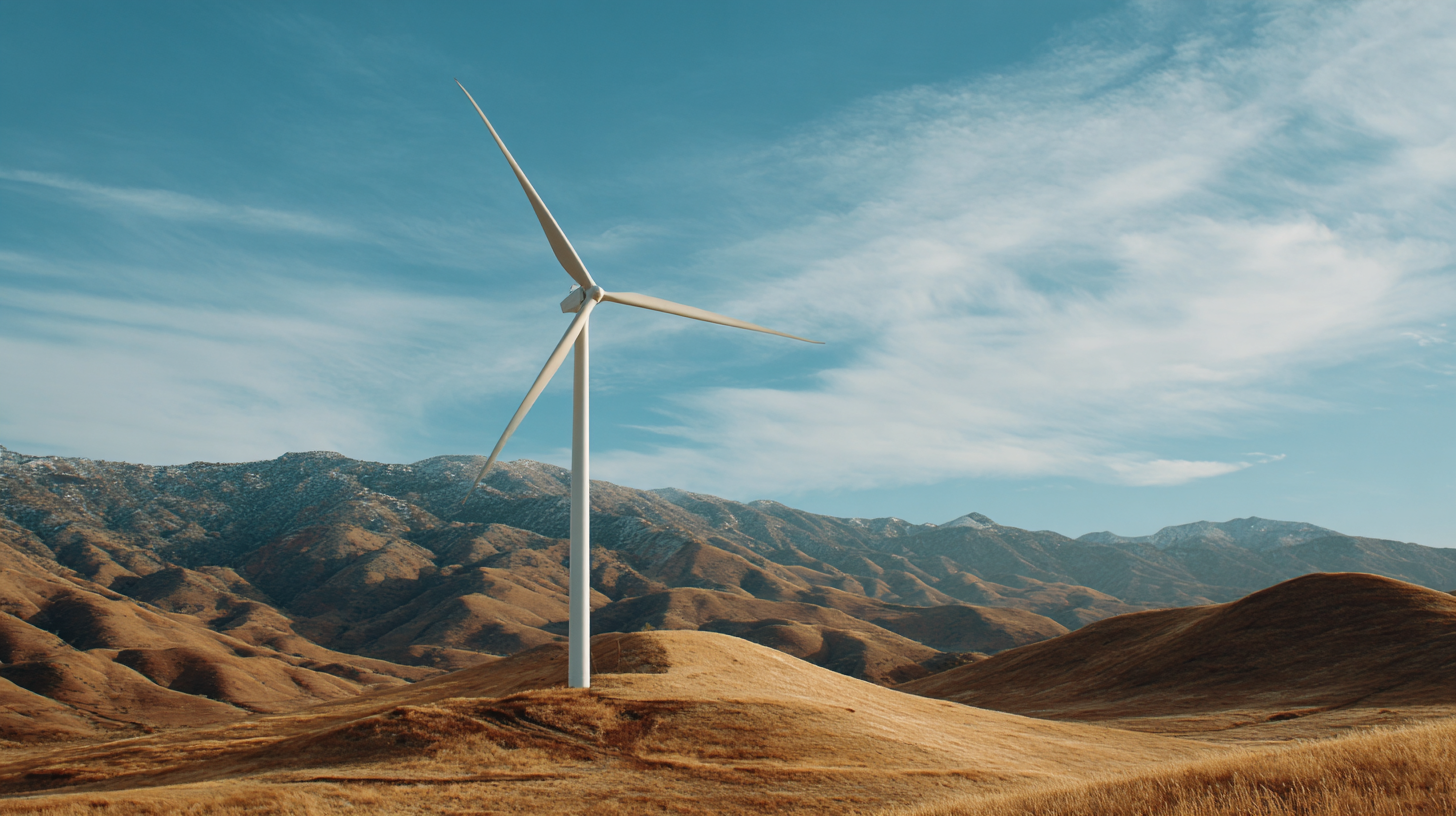The Ultimate Checklist for Selecting the Best Residential Wind Turbine for Your Needs
As the demand for sustainable energy solutions continues to rise, homeowners are increasingly turning to Residential Wind Turbines to harness the power of wind for energy generation. According to a report by the Global Wind Energy Council, the global wind energy capacity reached 743 GW in 2020, with residential turbines gaining significant traction due to their accessibility and efficiency.

The effectiveness of these turbines can vary widely based on manufacturer quality and design specifications, which is why selecting the right wind turbine is crucial. In fact, studies indicate that high-quality installations can reduce electricity costs by 50% or more, making it imperative for consumers to choose the best options available. This ultimate checklist not only guides you in selecting quality manufacturers but also presents the best types of Residential Wind Turbines suited to your specific energy needs and preferences.
Key Factors to Consider When Choosing a Residential Wind Turbine
Choosing the right residential wind turbine involves several key factors that can significantly impact your energy production and overall satisfaction. First, consider the turbine's capacity and energy output. Evaluate your household energy consumption to determine how much power you'll need from the turbine. Look for models that can generate enough energy to meet or exceed your requirements, taking into account local wind conditions and patterns.
Another crucial factor is the turbine's size and design. Turbines come in various heights and blade lengths, which influence both their efficiency and the amount of space they'll require. Be sure to assess your property’s available space and any local zoning regulations that may limit turbine installation. Additionally, consider the noise levels associated with different models, as this can affect the comfort of your living environment. Lastly, researching the turbine's durability and warranty can help ensure you invest in a reliable and long-lasting energy solution, which is essential for maintaining consistent operations over time.
The Ultimate Checklist for Selecting the Best Residential Wind Turbine for Your Needs
| Key Factor | Description | Importance |
|---|---|---|
| Wind Speed | Average wind speed in your area must be sufficient to generate power. | High |
| Turbine Size | Size affects energy production capacity and space requirements. | Medium |
| Noise Level | Some turbines generate noise, which can be a nuisance to neighbors. | Medium |
| Installation Costs | Consider the overall costs including equipment and labor. | High |
| Maintenance Requirements | Regular maintenance is necessary for optimal performance. | Medium |
| Local Regulations | Check local laws and zoning regulations regarding wind turbines. | High |
| Return on Investment (ROI) | Assess the expected energy savings and payback period. | High |
Understanding Different Types of Residential Wind Turbines Available
When considering residential wind turbines, it's essential to understand the different types available and how they suit various needs. There are primarily two types of wind turbines: horizontal axis wind turbines (HAWT) and vertical axis wind turbines (VAWT). HAWTs are the most common and are typically more efficient in areas with consistent and strong winds, thanks to their design with two or three blades positioned atop a tall tower. In contrast, VAWTs, while generally less efficient, are advantageous in urban settings with turbulent winds and are gaining popularity for their low noise and easier installation.
Recent innovations in wind energy have introduced designs like the Dragonfly Wind Turbine, featuring two blades that enhance efficiency and aesthetic appeal. These developments signal a shift in how homeowners can harness wind energy more effectively. For instance, a properly deployed turbine can generate up to 1500 kWh per year, providing substantial savings on electricity bills. As reported in various scientific studies, the integration of advanced turbine technologies can impact consumer energy production dramatically, allowing individuals to generate their own clean electricity efficiently and sustainably.

Assessing Your Energy Needs: How to Calculate Your Output Requirements
When considering the installation of a residential wind turbine, the first step is to evaluate your energy needs. Understanding your output requirements is crucial in selecting the right turbine that can meet your household’s consumption. Start by assessing your average energy usage, which can typically be found on your electric bill. Look for your monthly consumption in kilowatt-hours (kWh) and determine your annual needs by multiplying that number by 12. This will provide you with a baseline figure to work from.
Next, consider the potential energy output of the wind turbine you’re evaluating. Factors such as wind speed in your area, turbine size, and efficiency will affect how much energy the turbine can generate. Various online calculators can help you estimate the amount of electricity a turbine can produce based on average wind speeds specific to your location. It’s essential to match these figures against your energy needs to ensure the turbine you choose can provide sufficient power. By accurately calculating your consumption and potential generation, you can confidently select a residential wind turbine that fits your energy requirements.
Evaluating Installation Requirements and Cost Considerations
When considering the addition of a residential wind turbine, evaluating installation requirements is essential. First and foremost, homeowners need to assess their property's location, as wind availability is crucial for effective energy generation. A site with consistent wind speeds of at least 10 mph is ideal. It's also important to consider local zoning laws and regulations, which can impact the height and placement of the turbine. Engaging with professionals who specialize in wind energy can provide insight into necessary permits and help navigate any local restrictions.
Cost considerations are also a significant factor when selecting a wind turbine. While the initial investment can be substantial, it's essential to analyze the long-term savings on energy bills. Costs may vary based on the size and type of the turbine, installation complexity, and potential grid connection needs. Additionally, homeowners should explore available incentives and rebates that can offset these expenses. A comprehensive financial analysis will not only cover the purchase price and installation but also maintenance costs and expected lifespan, ensuring a well-rounded decision for sustainable energy use.
The Ultimate Checklist for Selecting the Best Residential Wind Turbine
This chart provides a comprehensive overview of key evaluation metrics when selecting a residential wind turbine. It highlights the cost, installation time, average lifespan, and noise level of typical residential wind turbines, thereby assisting potential buyers in making informed decisions.
Tips for Ongoing Maintenance and Performance Monitoring of Wind Turbines
When investing in a residential wind turbine, ongoing maintenance and performance monitoring are crucial to ensure optimal functionality and longevity. Regular inspections should be scheduled to check for any wear and tear on components such as blades, bearings, and electrical connections. This proactive approach allows for early detection of potential issues, thus minimizing costly repairs and maximizing efficiency. Cleaning the turbine blades regularly is also vital, as dirt and debris can significantly impact energy production.
In addition to physical maintenance, performance monitoring is essential for understanding how well your turbine operates over time. This can be achieved through monitoring systems that track energy output, wind speed, and operational status. These systems provide valuable data that can help you identify patterns and anomalies, enabling you to make informed decisions about necessary adjustments or repairs. By staying proactive with both maintenance and monitoring, you can ensure that your residential wind turbine continues to perform at its best, providing sustainable energy for years to come.

